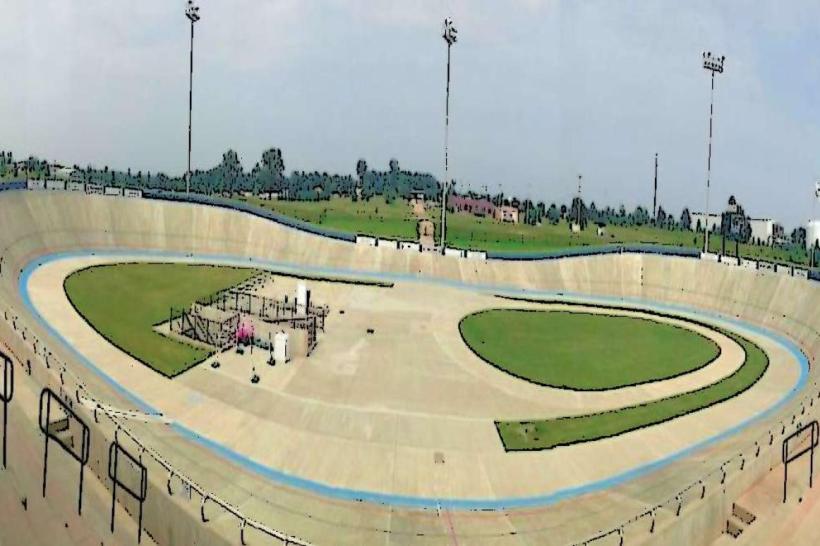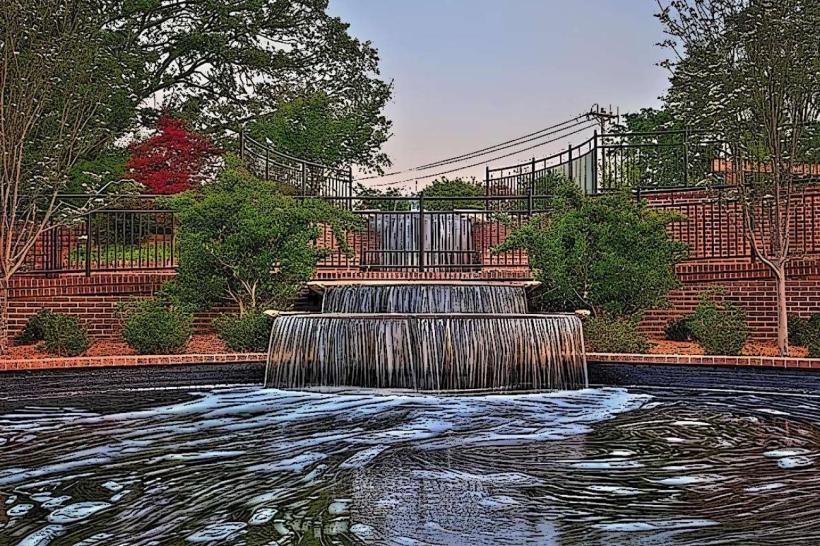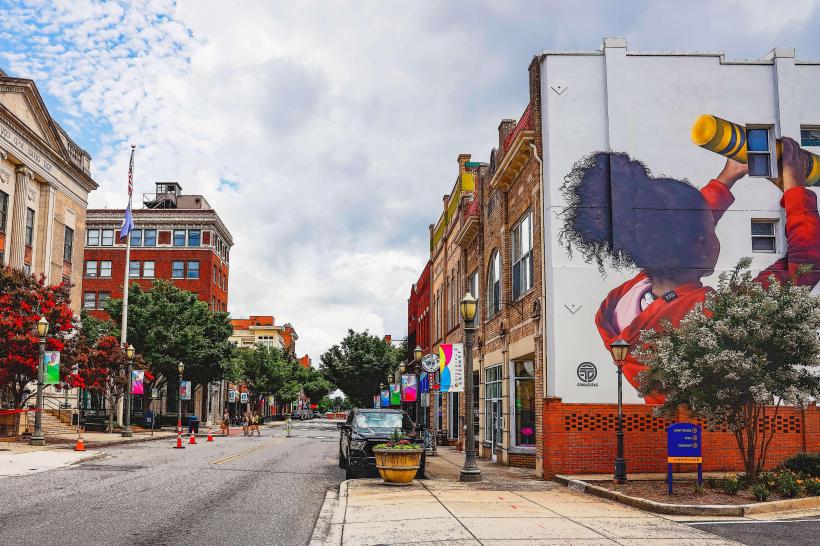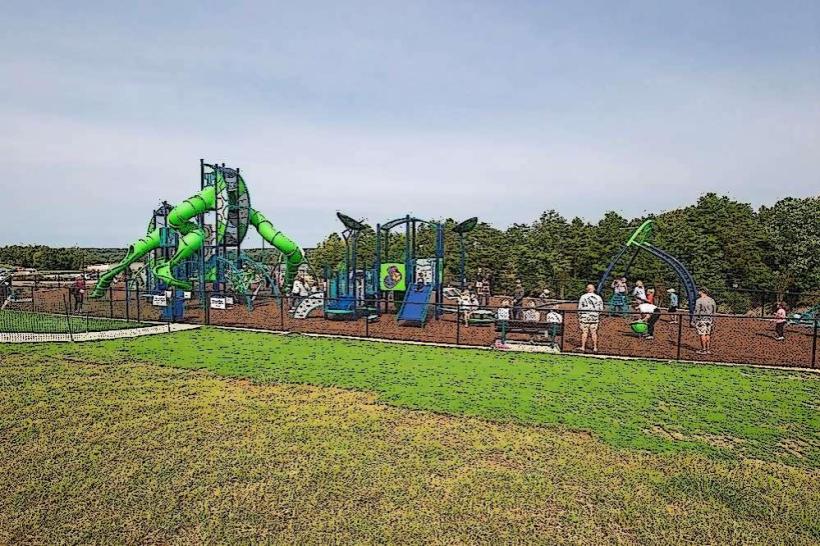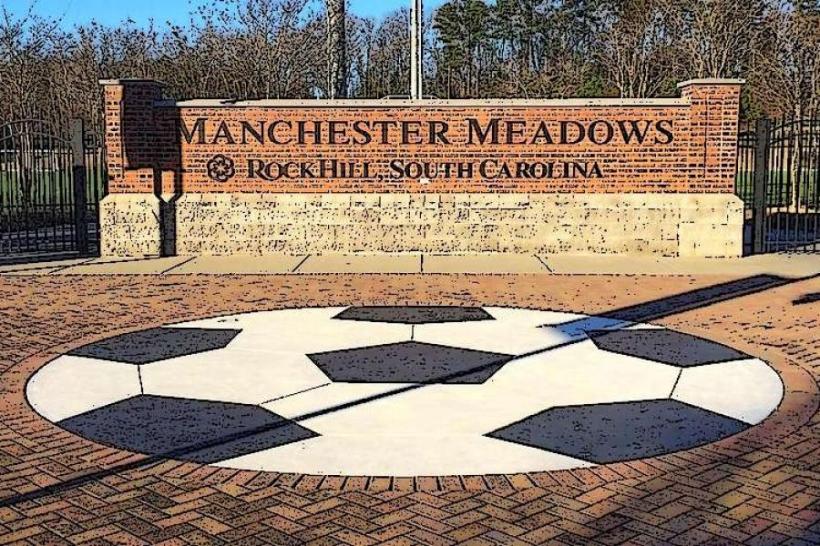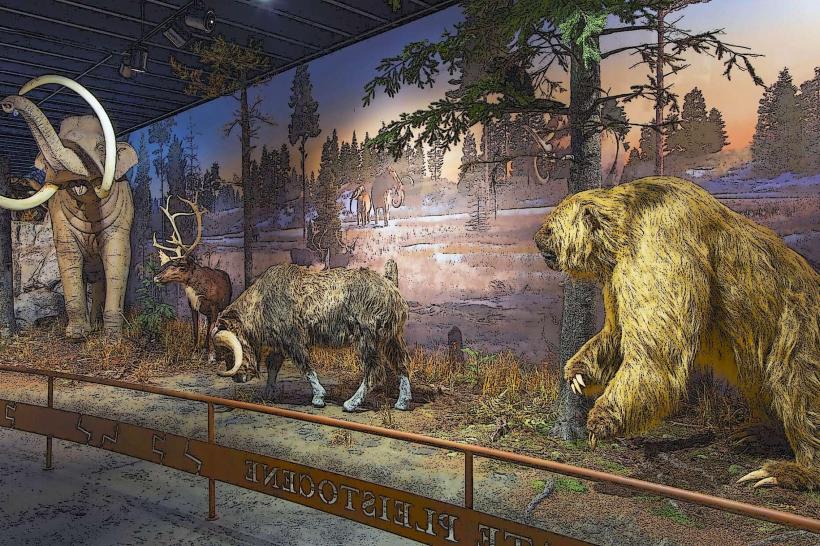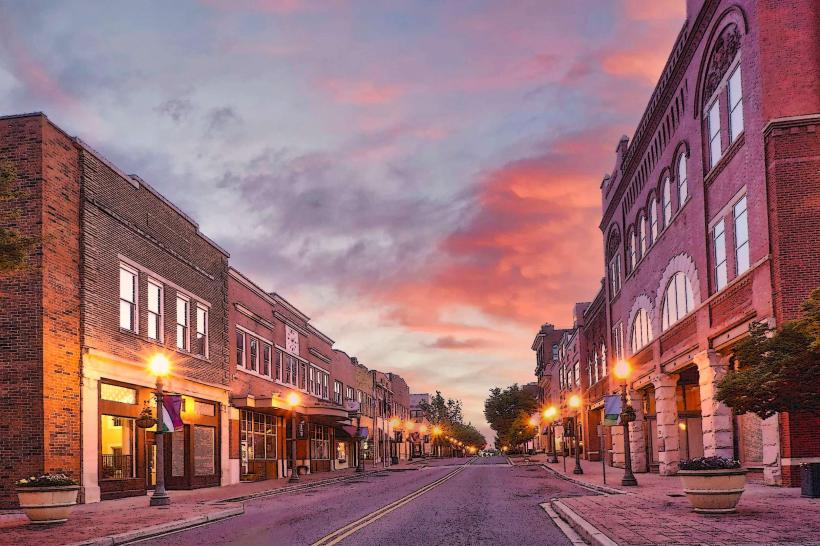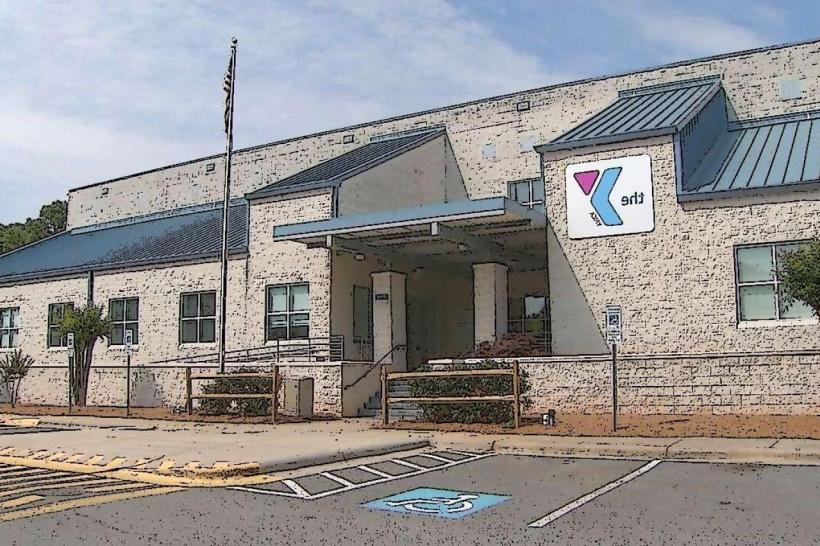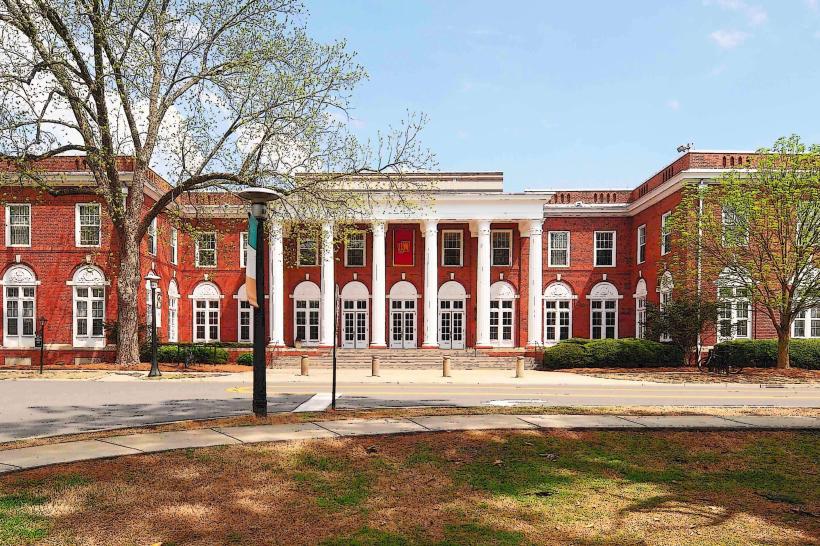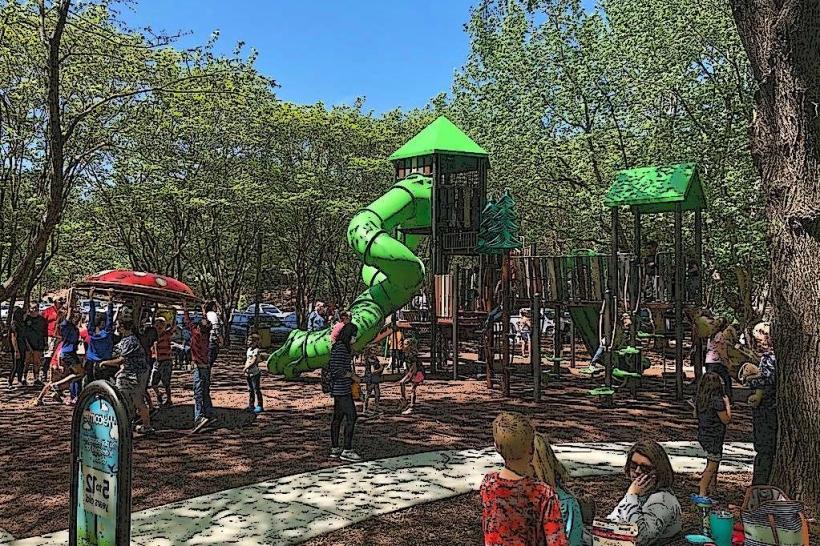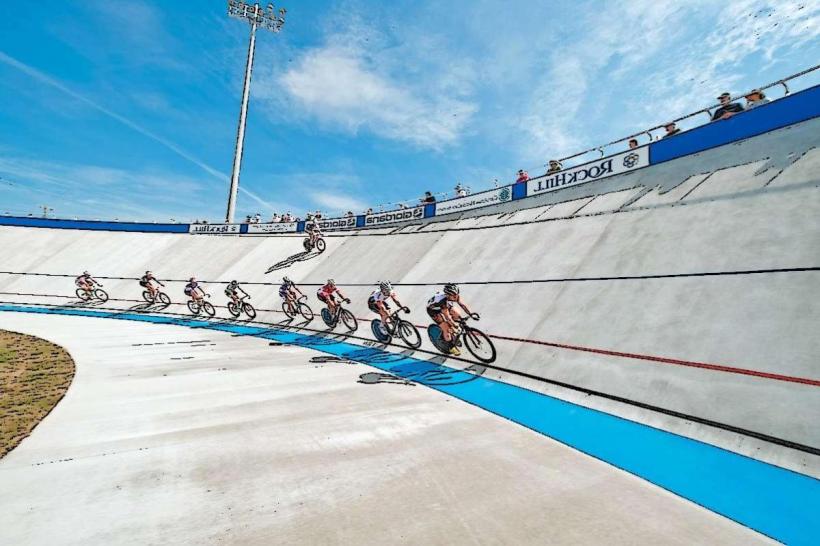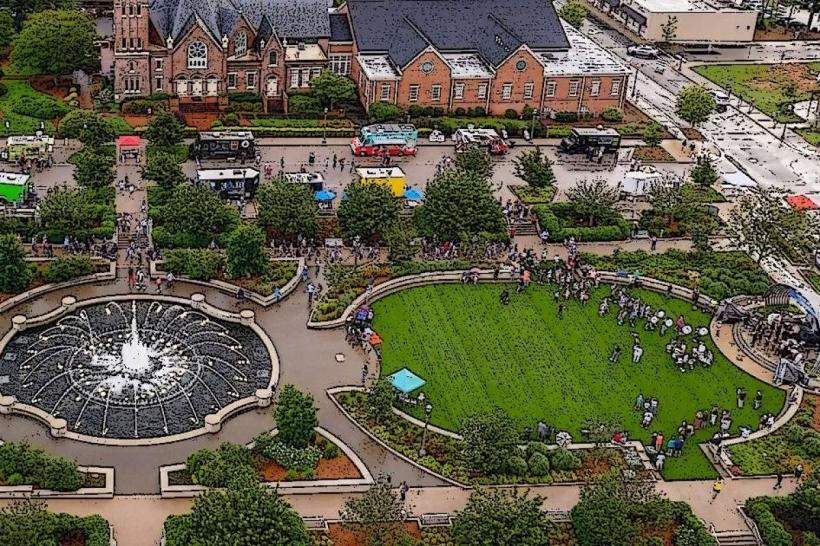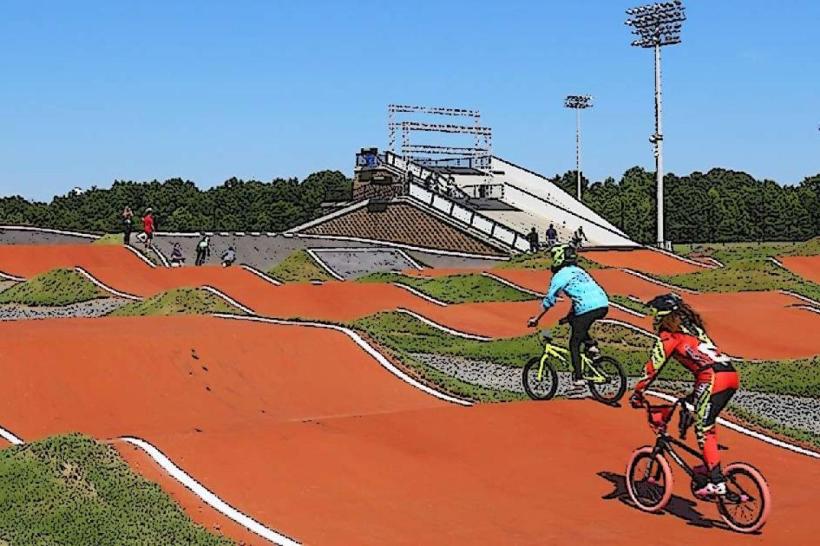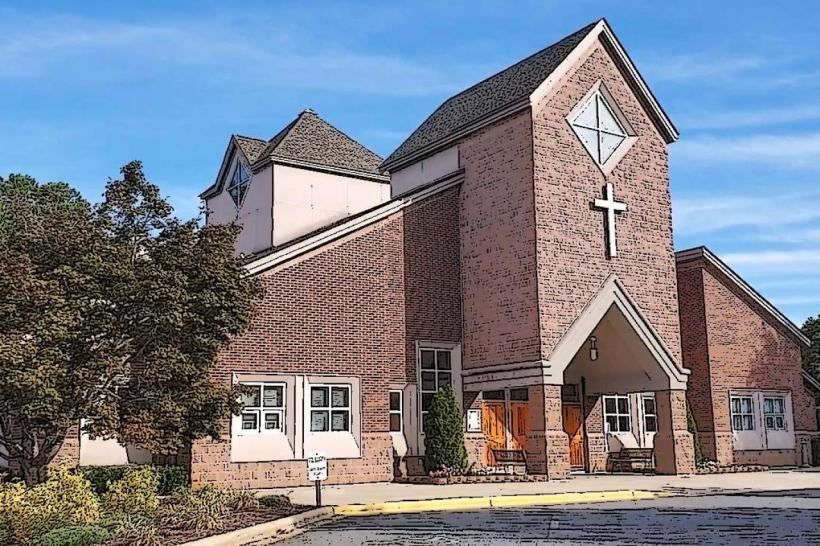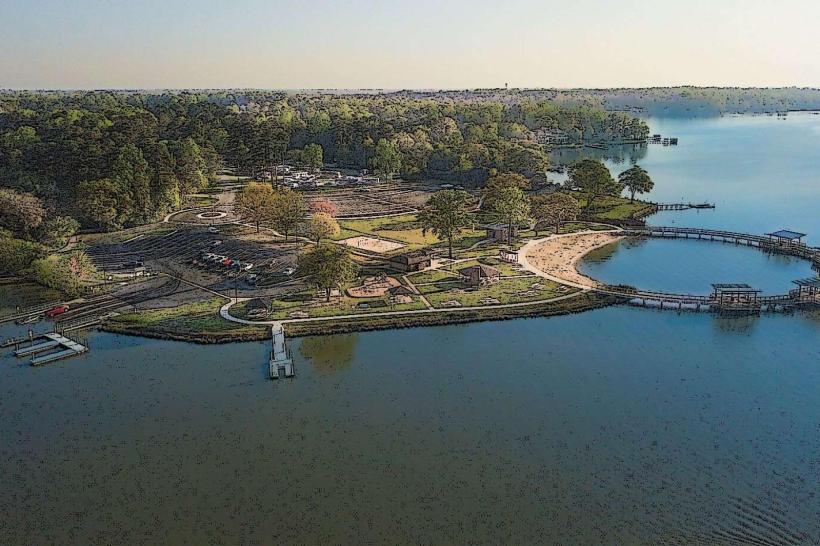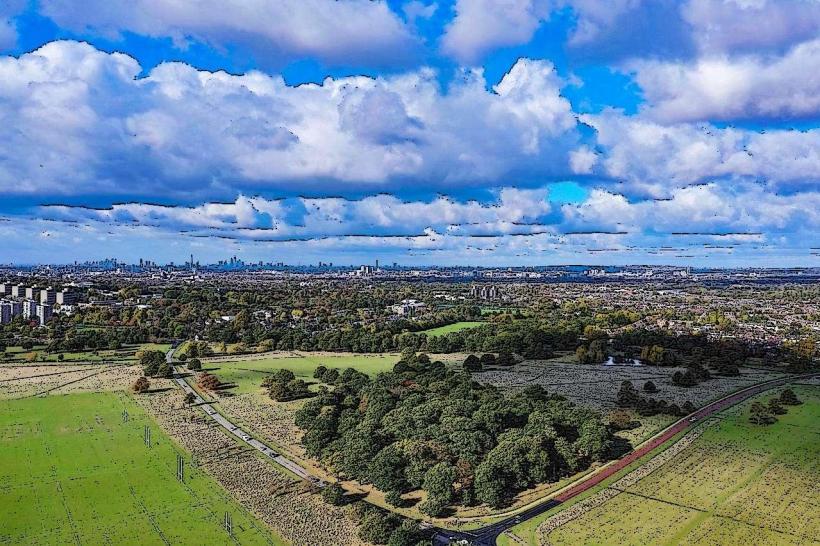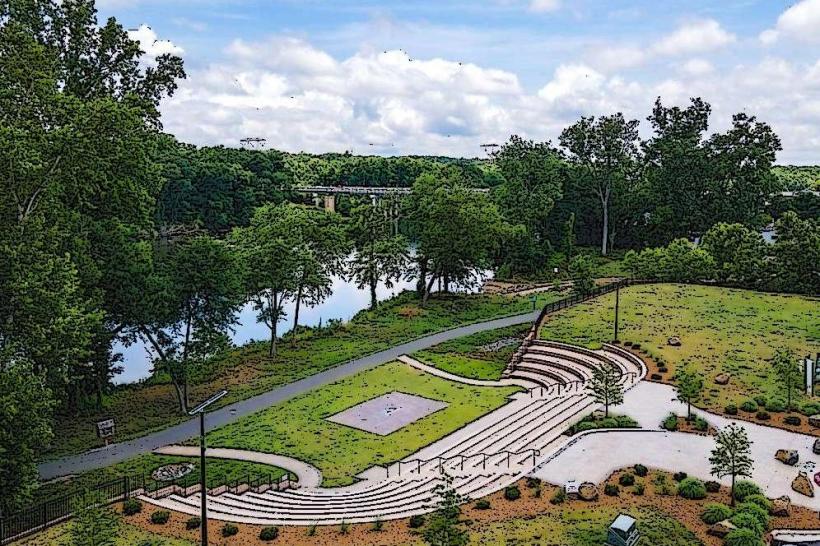Information
Landmark: Buster Boyd BridgeCity: Rock Hill
Country: USA South Carolina
Continent: North America
Buster Boyd Bridge, Rock Hill, USA South Carolina, North America
Buster Boyd Bridge is a key transportation and landmark structure in Rock Hill, South Carolina, spanning the Catawba River and connecting York County with Mecklenburg County, North Carolina. Named after local civic leader Buster Boyd, the bridge plays both a functional and symbolic role in the region, linking communities and supporting economic, recreational, and commuter traffic.
Historical Background
The original bridge was constructed in the early 20th century to improve connectivity between Rock Hill and the rapidly growing areas across the Catawba River, particularly Charlotte, North Carolina.
Over the decades, the bridge underwent expansions and replacements to accommodate increased traffic and modern engineering standards.
It was officially named in honor of Buster Boyd, a respected local figure who contributed to community development and regional infrastructure planning.
Design and Structure
The current bridge is a vehicular bridge designed to handle multiple lanes of traffic, supporting both commuter and commercial vehicles.
Features include safety railings, pedestrian sidewalks in some areas, and lighting for visibility at night.
The bridge offers scenic views of the Catawba River and surrounding landscape, making it a minor local attraction for photographers and sightseers.
Function and Importance
Provides a direct connection between Rock Hill and northern suburbs of Charlotte, facilitating economic, educational, and social interaction across the state line.
Serves as a vital route for daily commuters, regional commerce, and emergency services.
Supports recreational access, including riverfront parks and trails near both ends of the bridge.
Community and Cultural Impact
The bridge has become a symbol of regional connectivity, representing the close relationship between York County, South Carolina, and Mecklenburg County, North Carolina.
It is frequently used in local imagery, promotional materials, and community narratives that emphasize Rock Hill’s accessibility and riverfront identity.
Functions as a minor tourist vantage point, offering views of the river, parks, and city skyline during travel.
Visitor Experience
Travelers crossing the bridge can enjoy views of the Catawba River, nearby recreational areas, and the Rock Hill skyline.
Pedestrians in designated areas can experience the bridge more leisurely, although access is limited compared to vehicular lanes.
It is a practical route for reaching destinations like Riverwalk Park, Giordana Velodrome, and other riverfront attractions.
The Buster Boyd Bridge stands as both a functional transportation link and a regional landmark, connecting communities, supporting commerce, and offering scenic vistas along the Catawba River corridor between South Carolina and North Carolina.

